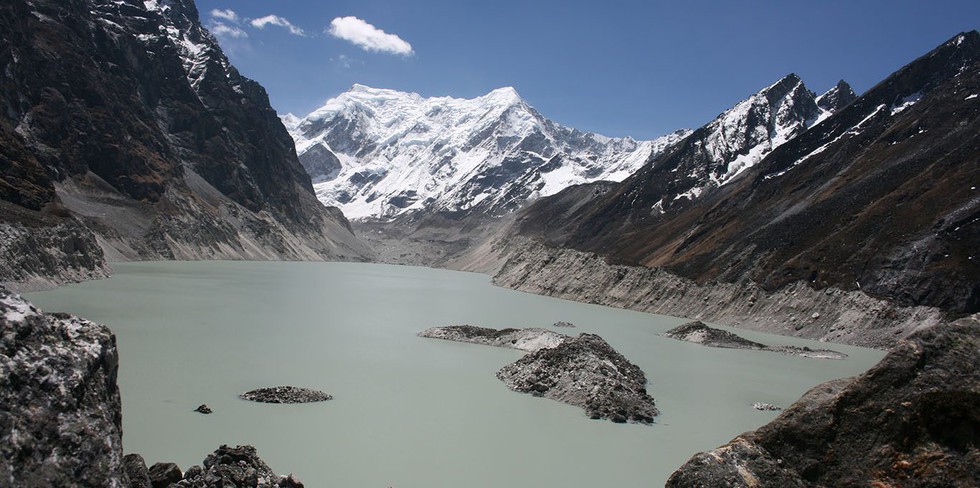The Uttarakhand government has intensified efforts to assess and mitigate the risks associated with Glacial Lake Outburst Floods (GLOFs) following the catastrophic Chamoli disaster of 2021.
Assessing Vulnerabilities
- Collaboration among experts from various scientific disciplines, including glaciology, hydrology, and disaster management, to develop predictive models and risk maps.
- Aims to identify areas most susceptible to GLOFs.
Broad Strategy
- Part of the state government’s broader strategy to enhance disaster preparedness and resilience in Uttarakhand.
- Understanding the dynamics of glacial lakes and factors contributing to their instability.
Mitigation Measures
- Development of effective early warning systems and evacuation plans to minimize the impact of future disasters.
- Informing land-use planning and infrastructure development policies to ensure constructions are in safer zones and existing settlements are fortified against flood risks.
Protection Goals
- Protecting human lives and critical infrastructure, including hydropower projects, roads, and residential areas, from the devastating consequences of glacial lake outbursts.
Proactive Approach
- Reflects a commitment to prioritizing the safety and well-being of citizens.
- Investing in risk assessment and disaster preparedness measures to build a more resilient future in the face of mounting environmental threats.
Multiple Choice Questions (MCQs) with Answers:
- What disaster prompted the Uttarakhand government to intensify its efforts regarding Glacial Lake Outburst Floods (GLOFs)?
A) 2019 floods
B) 2021 Chamoli disaster
C) 2022 landslide event
D) 2023 earthquake
Answer: B) 2021 Chamoli disaster - What disciplines are collaborating to develop predictive models and risk maps to identify areas susceptible to GLOFs?
A) Sociology and Anthropology
B) Glaciology, Hydrology, and Disaster Management
C) Economics and Political Science
D) Literature and Linguistics
Answer: B) Glaciology, Hydrology, and Disaster Management - What is the goal of developing effective early warning systems and evacuation plans?
A) To increase tourism in the region
B) To minimize the impact of future disasters
C) To promote agricultural activities
D) To attract foreign investment
Answer: B) To minimize the impact of future disasters - What does the Uttarakhand government aim to protect through its initiatives regarding GLOFs?
A) Only natural habitats
B) Only human lives
C) Only critical infrastructure
D) Both human lives and critical infrastructure
Answer: D) Both human lives and critical infrastructure - What does the proactive approach of the Uttarakhand government reflect?
A) Negligence towards environmental concerns
B) Commitment to prioritize citizen safety
C) Lack of resources for disaster management
D) Indifference towards climate change
Answer: B) Commitment to prioritize citizen safety
